The following article appeared in the Alabama Beacon on March 28, 1868:
“THE COURTHOUSE AT EUTAW DESTROYED BY FIRE
Greene County has sustained a heavy loss. The Court House at Eutaw was destroyed by fire on Friday morning of last week, with all the records, papers, etc., in the office of the Circuit Clerk, in which the fire originated.
Some records saved
The records and papers in the office of the Sheriff, Register in Chancery and County Treasurer were all saved. The Eutaw Court House was one of the most commodious and costly in the State. Its destruction at any time would have been a heavy loss to the county, but at this juncture, when most people find it extremely difficult to support their families and pay their taxes, it will prove a most serious calamity, especially so, in view of the loss of the valuable records and papers.
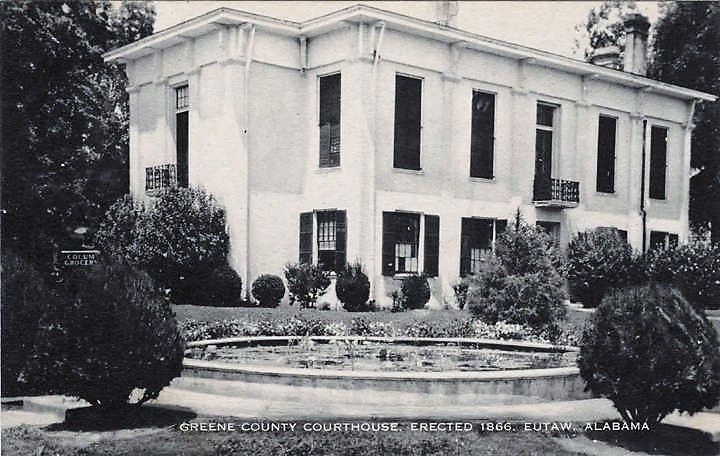 2nd Greene County Courthouse 1866 – from 1869-1993 (Alabama Department of Archives and History)
2nd Greene County Courthouse 1866 – from 1869-1993 (Alabama Department of Archives and History)
HELP SUPPORT THIS WEBSITE
BECOME AN ALABAMA PIONEERS PATRON
Tap to see how to Become a Patron!
“The circumstances connected with the origin of the fire, as we have heard them, leave no room for doubt as to its having been the work of an incendiary. They also create the presumption that the deed was done for the purpose of destroying certain records or papers in the Clerk’s office.”
Erected on the old foundation
On the historic nomination form of March 24, 1971, to the United States Department of the Interior, National Park Service, the following historical information is provided about the courthouse in the picture above:
The Greene County Courthouse, a two-story brick and stucco structure, is situated in the middle of a central square and surrounded on three sides by three public buildings, two of which are also historic. The Probate Office was erected in 1856, and the Grand Jury Building in 1842. The County Library was not added until 1931.
The present building was constructed after the first county courthouse burned in 1868. Erected on the old foundations, the exact elevation and plan of the former courthouse were used with one exception–the new courthouse was constructed with bricks, not wood, and stuccoed on the outside.
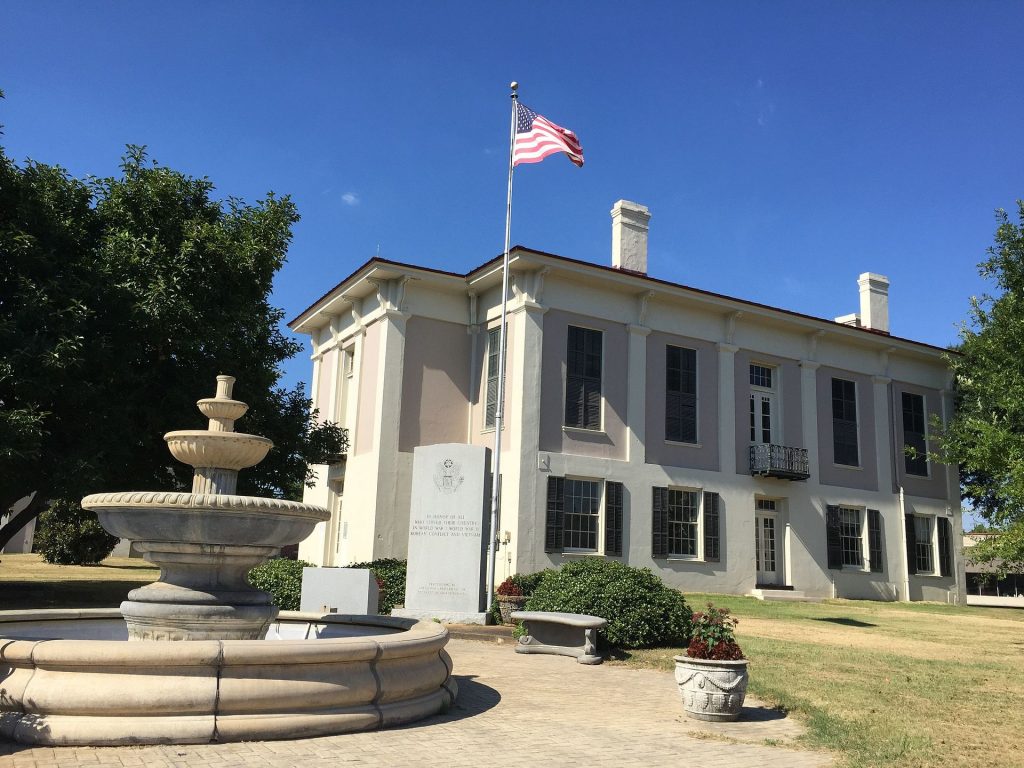
Last Greek Revival public building in Alabama
This late (postbellum) Greek Revival building has a low-pitched hipped roof. The stark white walls are given interest by pilasters on the second floor. Brackets are affixed to the flat architrave above each shaft, supporting the deep cornice. Balconies of iron are situated above the four entrances to the building–one to each point of the compass. The courtroom, along with the judge’s chambers, occupies the entire second story, and may be reached by an outside iron stairway leading to the east balcony.
This solidly-built structure, featuring eighteen-inch-thick walls and double-swung green shutters, is currently in good condition.
The Probate Office and Grand Jury Building, both two-story structures, are constructed of brick and, stucco. Both buildings reflect the style of the courthouse.
The Greene County Courthouse, erected in 1869, was “perhaps the last Greek Revival public building (constructed) in Alabama,” according to Architect Clay Lancaster.
This structure is important primarily because it demonstrates the waning vitality of Greek Revival architecture in Alabama after 1865. In this last structure, the Greek Revival has lost its strength: pilasters and cornices remain as the only distinguishing features of the style, and even the pilasters are reduced to little more than ineffectual frames around the upper windows; the cornice has become a thin horizontal projection at odds with the compactness of the building.
Deliberate act of arson
The present brick and stucco structure was built on, the same foundation, following almost the same plan, as the earlier frame building which was burned shortly after the Civil War. There was little doubt that the fire was a deliberate act of arson perpetrated to destroy indictments brought against local citizens by the Reconstruction Government.
The frame building had been constructed in 1838 on land conveyed to the county by Asa White, a prosperous settler, after the county seat was moved from Erie to Eutaw. A central square was laid out for the courthouse, and lots around the square were sold to finance the building, a well-proportioned, two-story frame edifice,
Bibliographical References
- Lancaster, Clay. “Greek Revival Architecture in Alabama.” Alabama Architect, January-February, 1968.
- Moseley, Franklin S., ed. Snedecor’s 1855-56 Directory of Greene County Alabama. Eutaw, 1963 (reprint).
- Pickett, A. J. History of Alabama, 1851, Republished by Birmingham Book and Magazine Company. Birmingham, 1862
Where Do I Start?: HINTS and TIPS for BEGINNING GENEALOGISTS with ONLINE RESOURCE Do you need some guidance in your genealogy search? Save time and avoid pitfalls in your research. This book provides simple, no-nonsense instructions to help you get started. Many FREE research links included.
Tips include:
- WHERE TO FIND – on-line resources, experienced genealogists will not be aware of many of these.
- COURT RESEARCH – how to do courthouse research, where to find birth, death, social security records free on-line.
- EIGHTY – ONE QUESTIONS – you should ask your elderly loved ones before it’s too late.
- TIPS ON BREAKING DOWN THE WALL – Everyone faces some difficulties in research, often called a ‘brick wall’ but WHERE DO I START? provides suggestions for overcoming them.


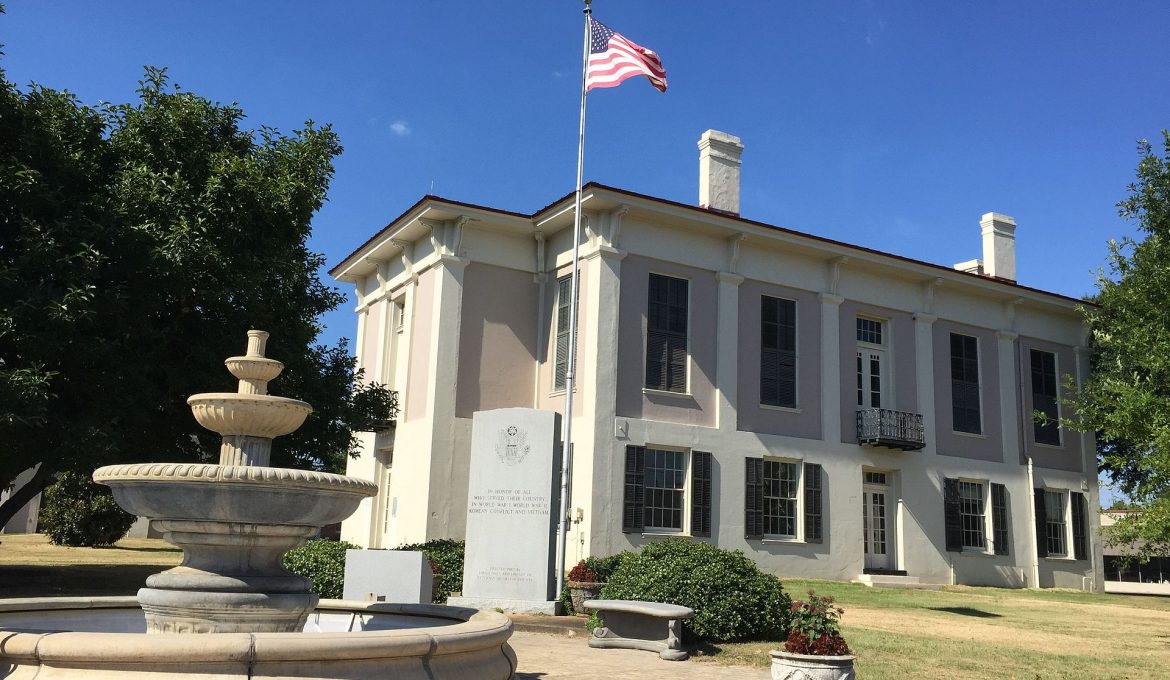
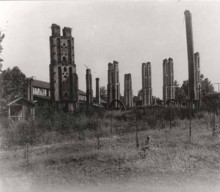

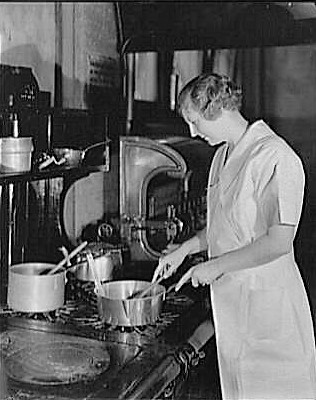
Maybe Steve Renfroe did it.